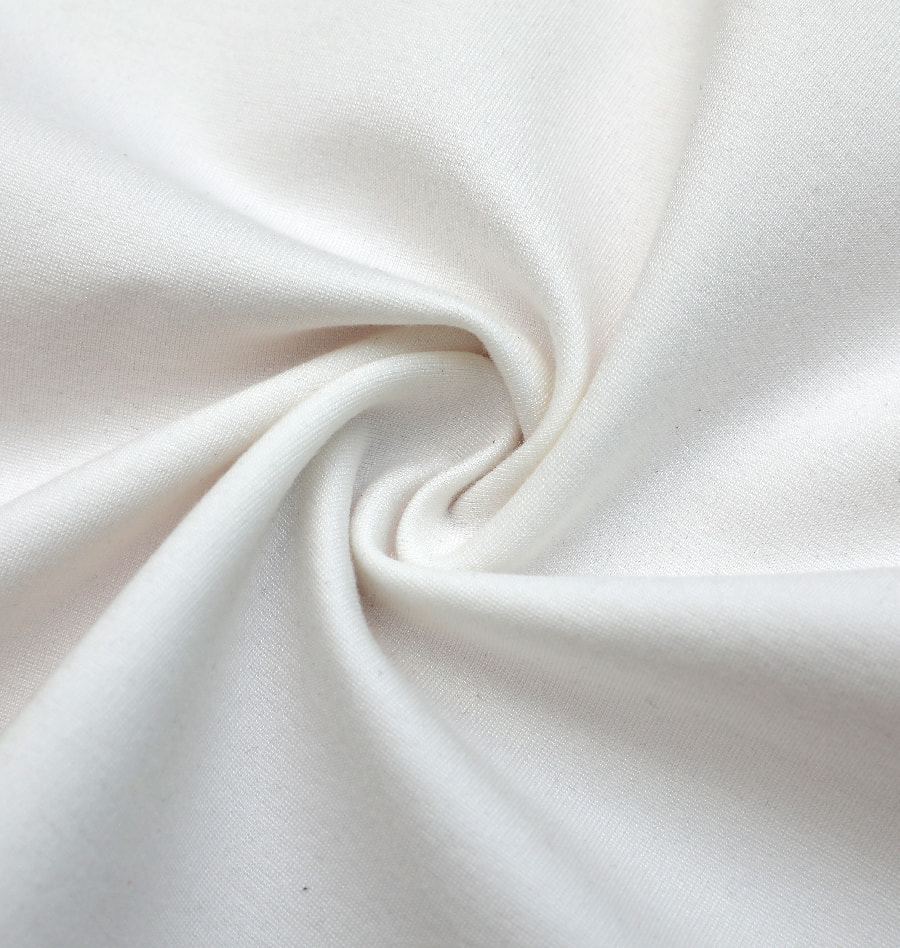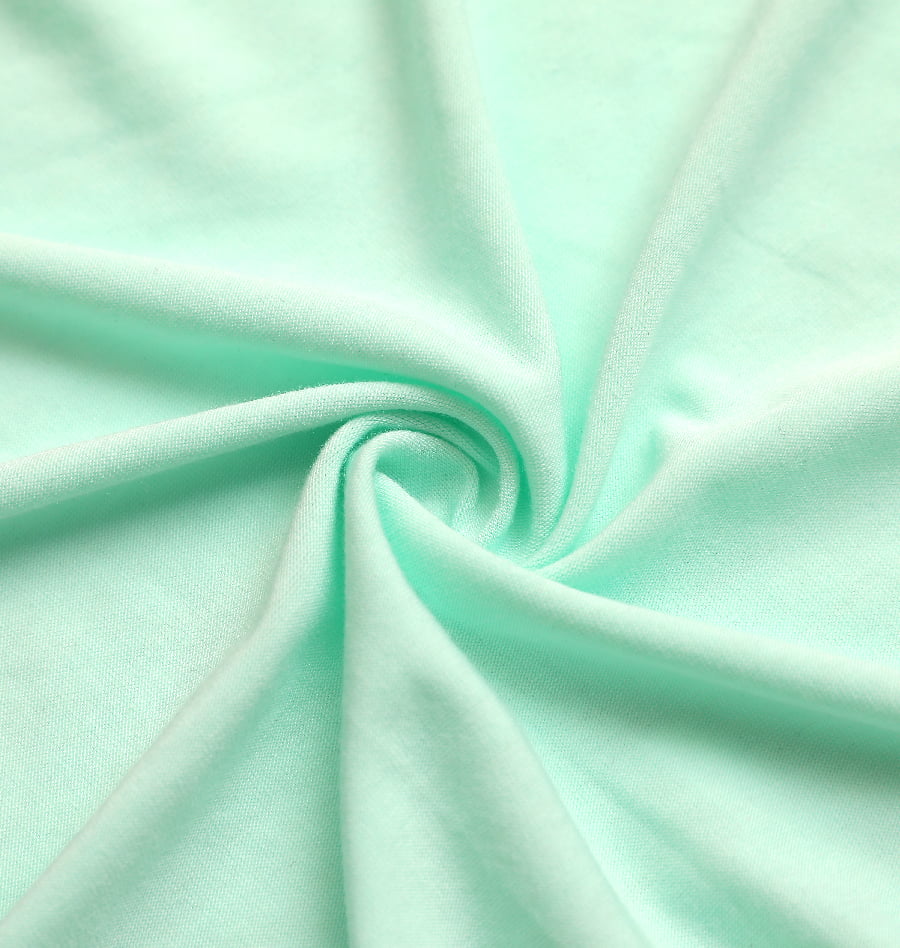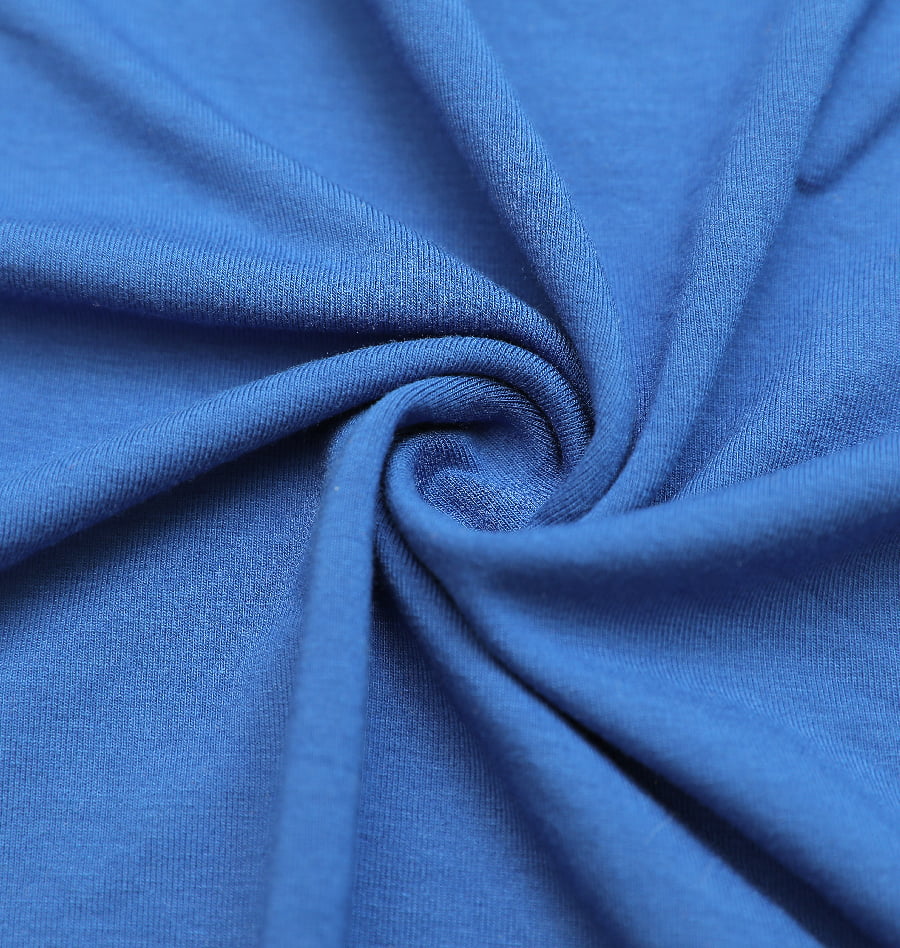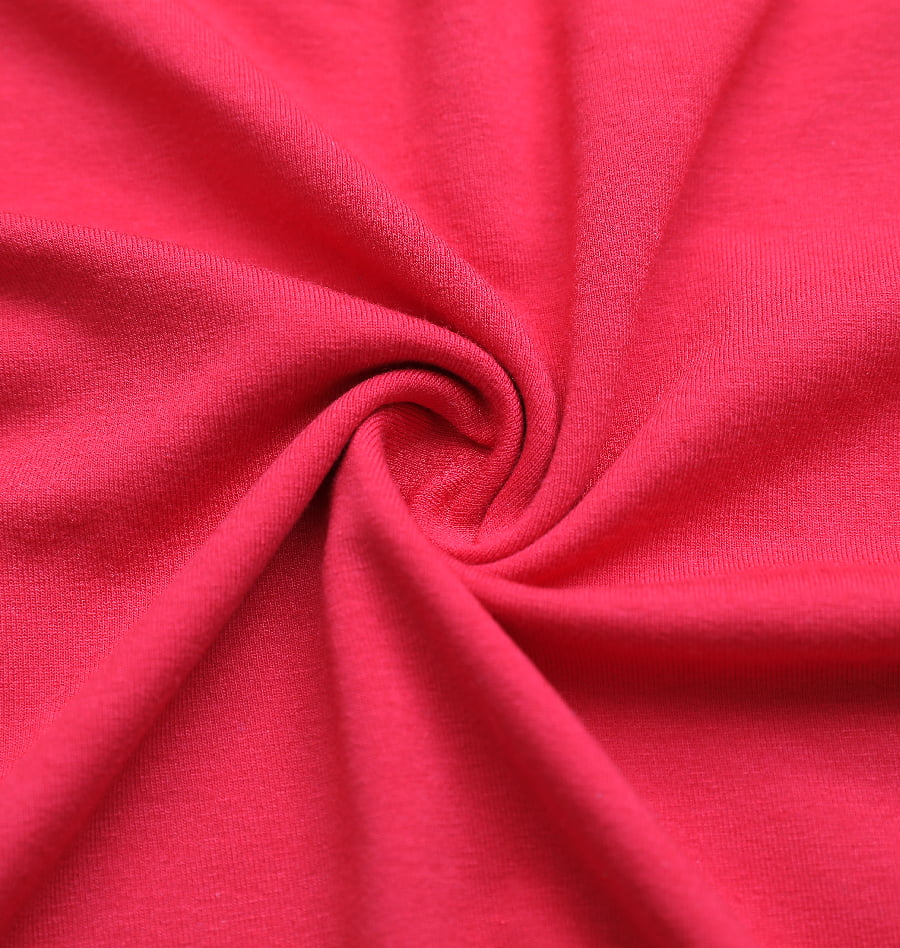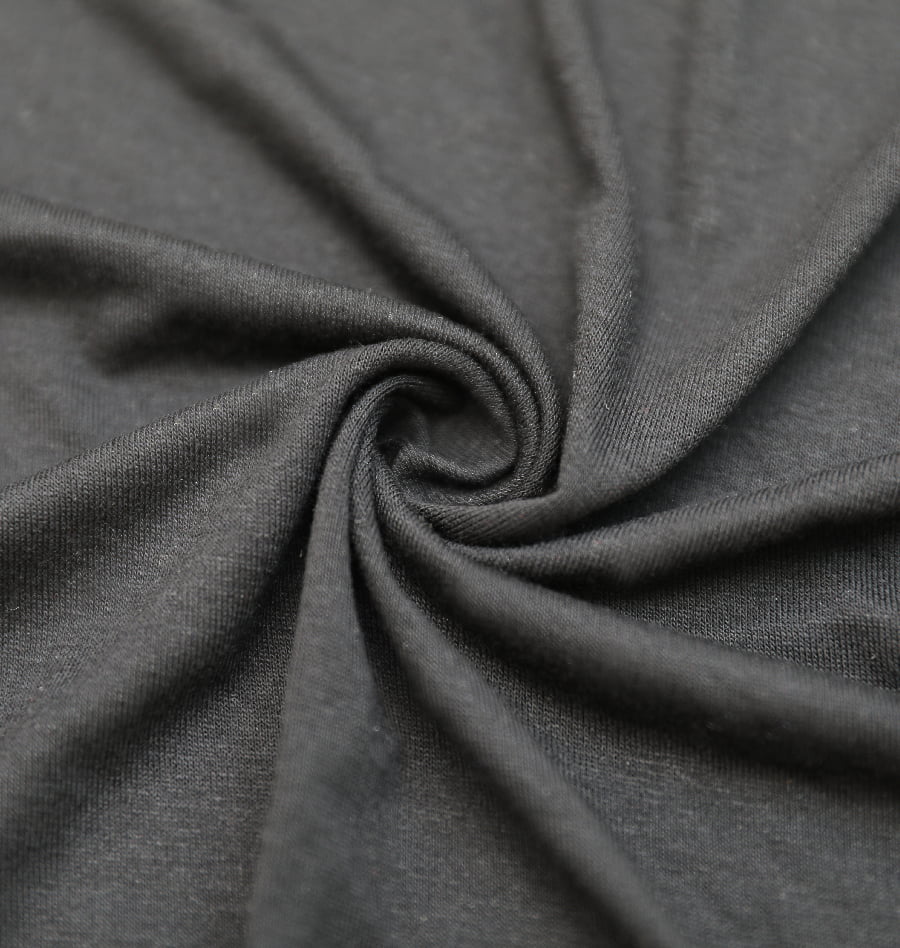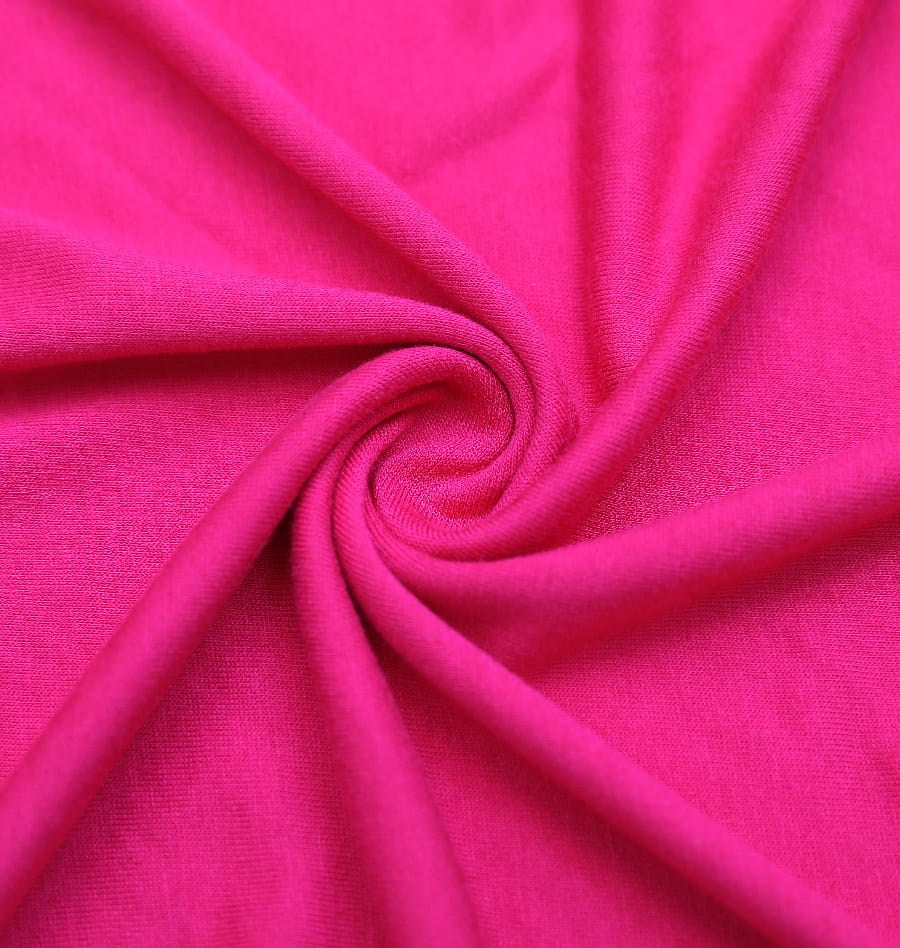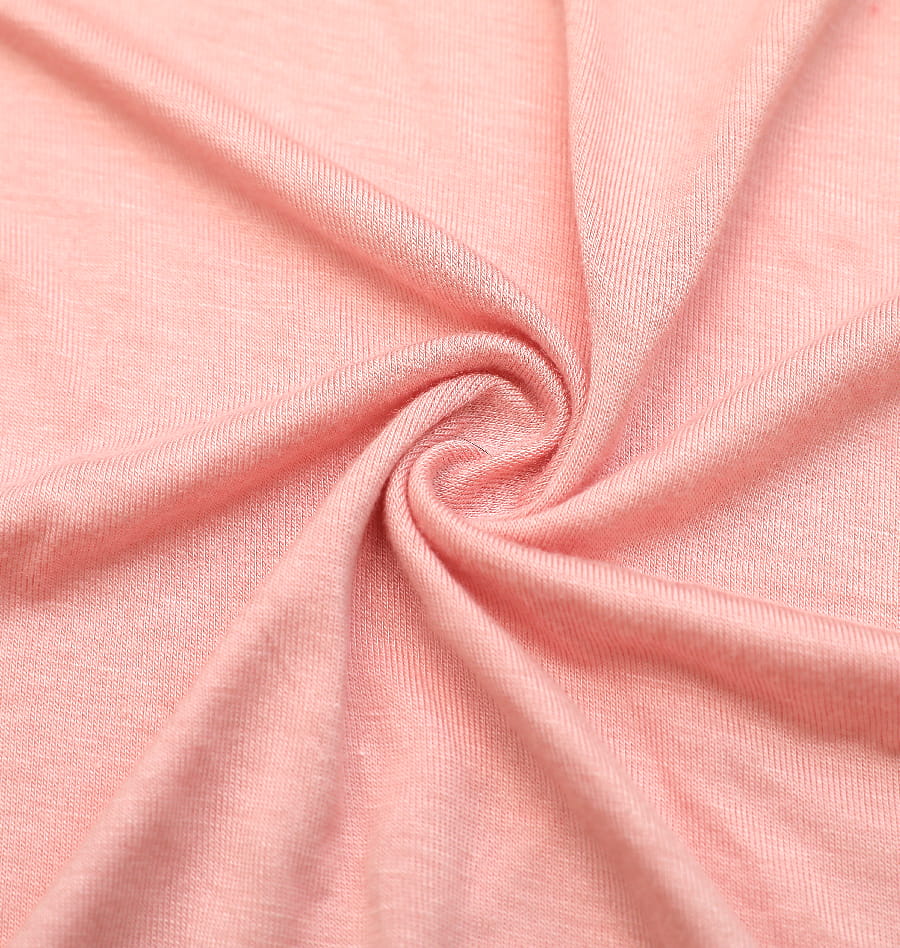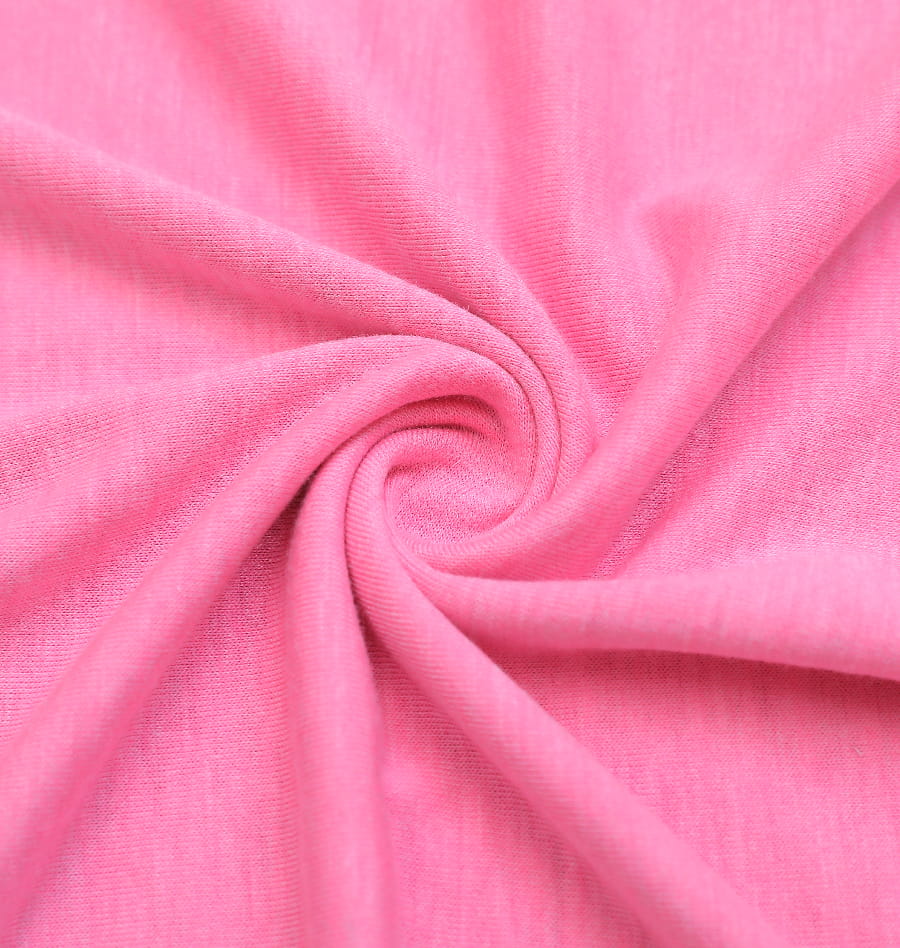Scuba fabric is a polyurethane fiber. Because of its excellent elasticity, it is also named elastic fiber. It is widely used in clothing fabrics and has good adaptability to the body. It is very suitable for tights without pressure. So what are the advantages and disadvantages of scuba fabric? Next, the editor will bring you an introduction to the relevant content in this regard for your reference.
1. What is scuba fabric?
Scuba fabric is a kind of elastic fiber, scientific name is polyurethane fiber. It is highly elastic and can be stretched 6-7 times, but can quickly return to its original state as the tension is removed. Its molecular structure is a chain-like, soft, and extensible polyurethane that enhances its properties by linking with hard segments.
Second, the advantages of scuba fabric
1. Large extensibility, good shape retention, and no wrinkle.
2. Soft and smooth to the touch, high elasticity, comfortable to wear, and considerate fit.
3. Acid and alkali resistance, wear resistance, and aging resistance.
4. It has good dyeability and is not suitable for fading.
5. In fact, the best advantage of the fabric is that it has good elasticity, it can be stretched 5-8 times, and it does not age. The scuba fabric cannot be woven alone and is generally woven with other raw materials. The proportion of swimwear fabric scuba fabric reaches 20%.
3. Disadvantages of scuba fabric
1. Poor hygroscopicity: The range of hygroscopicity is small.
2. Scuba fabric is usually blended with other fabrics, rather than used alone. This type of fiber has both rubber properties and fiber properties and is mostly used for core-spun yarns with scuba fabric as the core yarn.
3. Poor heat resistance: heat resistance varies with varieties. Most fibers are stored for a short time in the range of 90 to 150 without damage to the fibers. Safe ironing temperatures below 150 will interfere with heating and wet cleaning.
4. It is not resistant to oxides, and it is easy to make the fiber yellow and reduce the strength.

